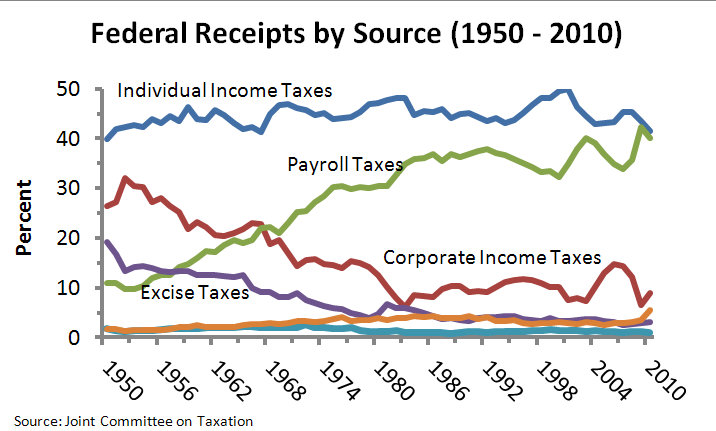Difference between Tax Evasion and Avoidance

By Guest2625 (Own work) [CC-BY-SA-3.0 (http://creativecommons.org/licenses/by-sa/3.0)
It has been wisely said that nothing in this world is certain except for death and taxes. However, those who have witty accountants can keep their taxes to a minimum. It can be done either by avoiding tax or through tax evasion. So, what is tax avoidance and tax evasion and what is the difference between these two methods of minimizing tax? This has been a popular question for a long time, and in order to get a clear picture of what these methods are and how they differ, it is important to know what they really are.
What is Tax Avoidance and Tax Evasion?
Tax avoidance is an attempt to reduce the amount of tax that a taxpayer is required to pay while staying within the limits defined by law, and by fully disclosing the material information to concerned tax authorities. According to Canada Revenue Agency (CRA), when actions are taken to minimize tax without breaching law, but such actions contravene the spirit of the law, it is called tax avoidance.
Tax evasion, on the other hand, is opposite to tax avoidance. It is an evasion of tax through illegal means. Tax evasion usually involves the deliberate misrepresentation or concealment of the true nature of the affairs to reduce the overall tax liability. Individuals and corporations misrepresent their income to the tax authorities and this misrepresentation may be done by hiding money along with the interest earned on it in offshore accounts, or by under reporting the actual income earned.
How They Differ?
Tax avoidance may be considered as a way of dodging the duty to pay tax amorally, or may also be a method for citizens to find legal ways to avoid paying too much tax. But tax evasion is considered a crime in almost all the countries and it is required by law that a person who evade tax has to pay penalties, such as fines, or in some cases imprisonment. However, Switzerland is an exception where tax evasion by means of under declaring assets or incomes is not a crime, but if a tax fraud is committed by way of forging documents, it is definitely a crime.
Both tax avoidance and tax planning include arrangements to reduce tax. In effective tax planning, the result of these arrangements is consistent with the intent of the law, but when tax planning minimizes tax payable through ways that are inconsistent with the spirit of the law, it is known as tax avoidance. Therefore, tax avoidance is different from tax planning. Examples of tax avoidance include, changing a business structure through incorporation, establishing the company in tax havens, or tax deductions. According to CRA, tax avoidance is an abusive and unacceptable tax planning and different measures are being adopted to combat tax avoidance by monitoring tax avoidance trends, consulting the Finance Department on legislative changes related to abusive tax avoidance strategies, ensuring timely communication to CRA auditors and adapting the way audit is conducted by them.
In a business, the taxpayer can evade tax in connection with employment taxes, sales and excise taxes, income taxes, and local taxes. Tax evasion causes tax gap, which is a difference between the total tax payable and the amount of tax actually paid after deliberate concealment of income. Tax evasion is a serious crime but it can be and should be avoided. If you are currently unable to file all the tax returns, or have any undeclared income, you should come out clean and present all the documents to the tax authorities in order to solve your tax problems. The sooner you show your assets, better are the chances to avoid fines and imprisonment.
- Difference Between Vascular Cambium and Cork Cambium - November 1, 2023
- Difference Between DevOps and Developer - September 10, 2023
- Difference Between Acute Gastritis and Chronic Gastritis - April 3, 2023
